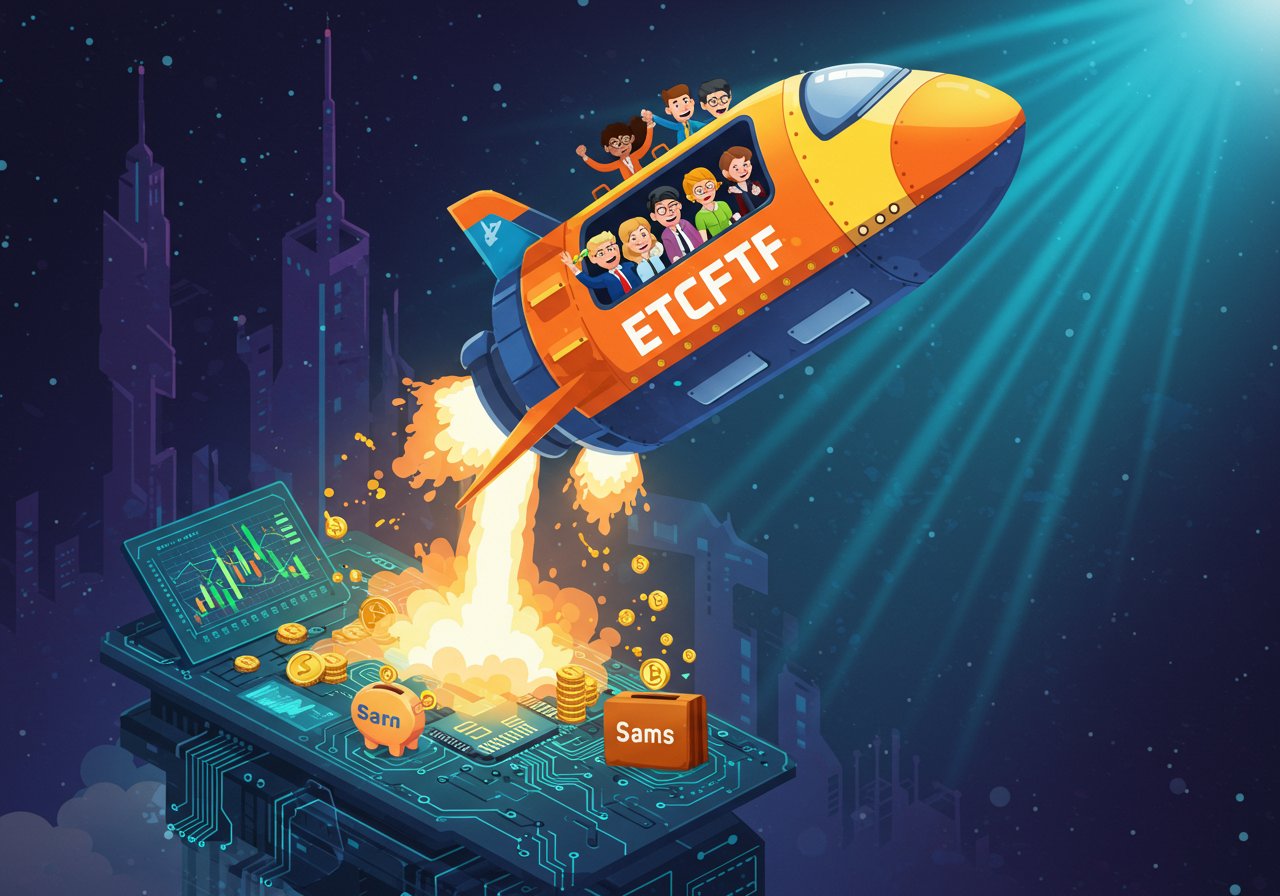
Demystifying Crypto: Accessibility through Familiar Tools
The world of cryptocurrency, once shrouded in technical jargon and perceived volatility, is undergoing a significant transformation. No longer solely the domain of tech enthusiasts and early adopters, crypto is steadily becoming more accessible to both everyday investors and institutional players. This shift is largely driven by the integration of traditional financial tools, making the complex landscape of digital assets more manageable and less intimidating.
Bitwise‘s Perspective: A Focus on Investor Needs
In a recent episode of the “Clear Crypto Podcast,” Ryan Rasmussen, Head of Research at Bitwise Asset Management, provided valuable insights into this evolving landscape. Bitwise, with nearly $15 billion in crypto-focused products under management, is at the forefront of this trend. Rasmussen highlighted the increasing demand from investors for different forms of crypto exposure, particularly through vehicles they’re already familiar with.
ETFs and Index Funds: Bridging the Gap
A key element in this accessibility revolution is the rise of exchange-traded funds (ETFs) and index funds. These instruments, mirroring traditional investment tools like the S&P 500, allow investors to gain exposure to Bitcoin (BTC), Ether (ETH), and diversified crypto portfolios without directly managing the underlying assets. Rasmussen emphasizes that these products prioritize both convenience and scalability. They offer a seamless experience, allowing investors to purchase shares in a fund that then acquires and securely stores the digital assets.
The Frictionless Approach for Advisors and Institutions
The use of ETFs significantly reduces friction for financial advisors and institutional investors. Rasmussen pointed out the impracticality of advisors directly managing crypto holdings in cold storage wallets for their clients. ETFs offer a practical solution, allowing them to incorporate crypto exposure into client portfolios without the complexities of direct asset management.
Staking and the Regulatory Landscape
The conversation also touched upon staking, a core function in proof-of-stake networks. While regulatory ambiguity surrounding staking in the US persists, Rasmussen anticipates its evolution into a service provided to investors. Furthermore, he views the regulatory shift in Washington as a major catalyst for the wider acceptance of crypto, second only to the impact of Bitcoin ETFs.
Looking Ahead: A More Inclusive Crypto Future
The trend towards integrating traditional financial tools with crypto is paving the way for a more inclusive and accessible investment environment. As institutions and everyday investors increasingly embrace these simpler and more regulated avenues for accessing the crypto market, the path ahead looks brighter and more promising for the entire ecosystem.


